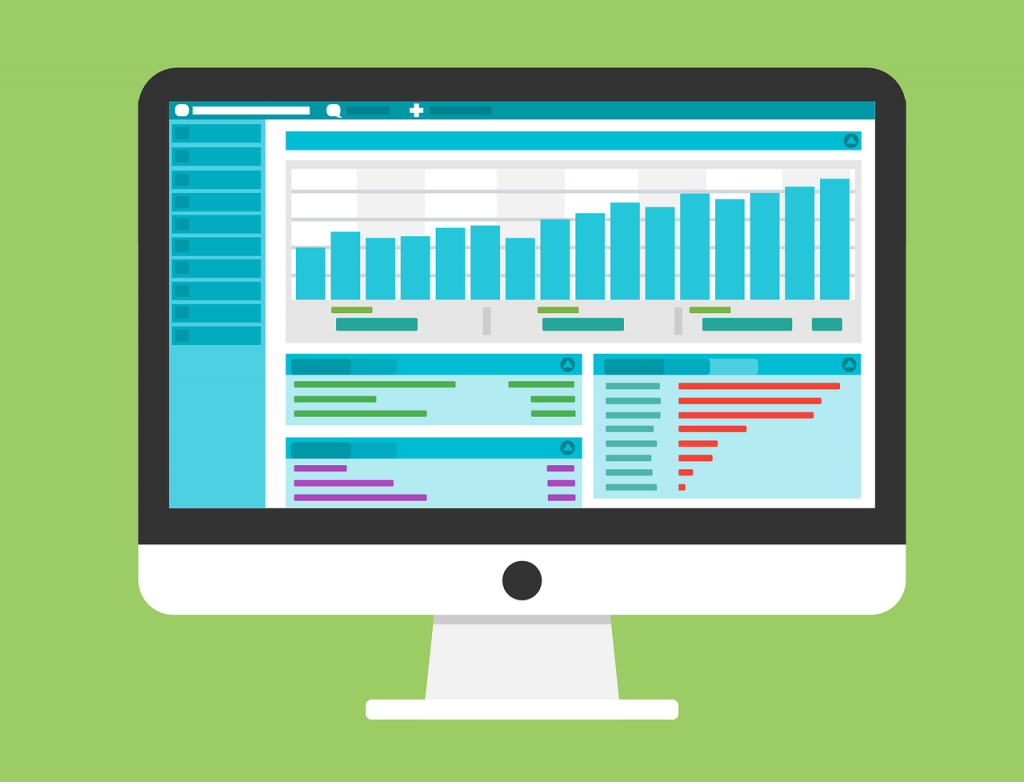Data is never likely to be totally perfect, but there are still certain metrics you need to measure to ensure the quality of you marketing data is strong.
Marketing decisions are only as good as the data on which they’re made. Good quality data allows good quality insights to be leveraged effectively. Unfortunately, the quality of data is never guaranteed, especially as the size of data sets continues to grow.
But just because your data set is large, it doesn’t mean you can’t take action to improve the quality of your data. The first steps towards that is measuring it through a mix of people, processes and technology.
Data Quality Dimensions
There are a variety of definitions, but data quality is generally measured against a set of criteria called ‘data quality dimensions’. These measure the health of the data, such as completeness, or uniqueness.
In an ideal world, all these criteria would hold equal weight, but depending on what you intend to use your data for, you may need to prioritise certain criteria more above others. Certain industries may have established their own metrics for assessing data quality, but the international data resource management DAMA International sets out six key indicators for the quality of data.
Completeness
Completeness refers to how much of a data set is populated. For example, a survey would be 70% complete if it is completed by 70% of people. To ensure completeness, all data sets and data items need to be recorded. So always endeavour to keep your data sets complete.
Uniqueness
Uniqueness defines how unique a data entry is, i.e. whether that entry is duplicated anywhere else within the database. Deduping can help you cleanse a database of duplicate entries.
Timeliness
Timeliness refers to the age of your data. Naturally, the veracity of data over time will depend on the type of data it is. For example, an address might still be correct after 12 months, but will that still be the case after three years?
Validity
Validity simply means whether or not an entry in a data field is valid. If you ask for a phone number on a form, and the entry is ‘123456789’, that’s not a valid piece of data.
Accuracy
Accuracy refers whether the information you hold is correct or not. Of course, this is quite closely linked to timeliness, but not to be confused with validity.
Consistency
Consistency refers to the way that data is recorded across media. Can data sets be compared and operationalised? Is it all recorded in the same way and can it be used and treated as a whole.
Remember that data is rarely perfect, and you have to juggle managing data quality with actually using the data. If you spend too long on maintaining quality, there’ll be no point analysing it. However, you should perform regular data quality audits, especially if you regularly collect new data sets.





